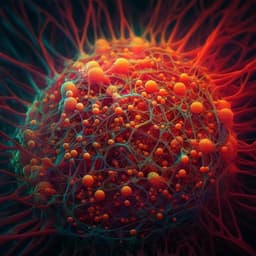
Earth Sciences
Radiative forcing geoengineering under high CO₂ levels leads to higher risk of Arctic wildfires and permafrost thaw than a targeted mitigation scenario
R. C. Müller, J. Kim, et al.
This fascinating study by Rhonda C. Müller and colleagues explores how various geoengineering methods impact Arctic temperatures under severe climate scenarios. Discover how strategies like SAI, MCB, and CCT may mitigate global temperature rises yet leave the Arctic facing even harsher conditions than before.
~3 min • Beginner • English
Related Publications
Explore these studies to deepen your understanding of the subject.







